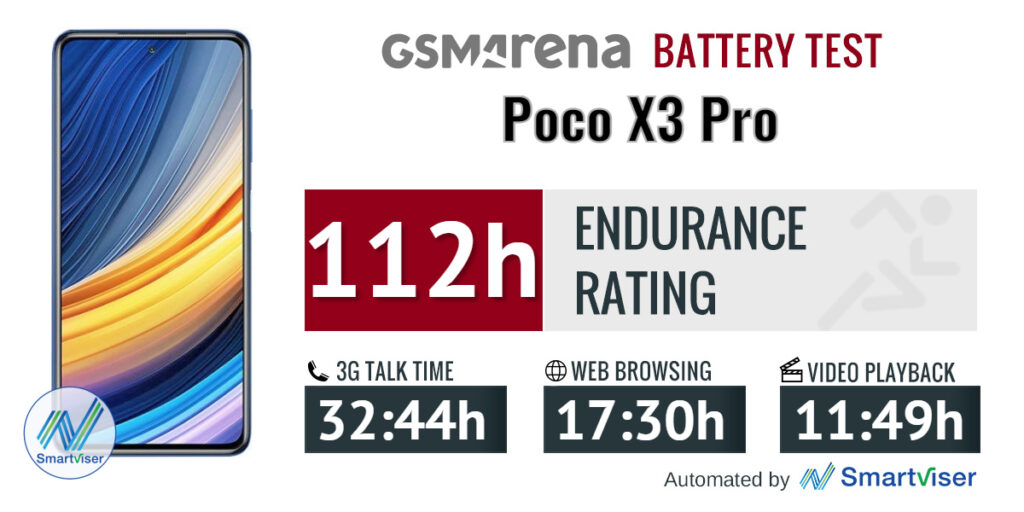Web Designs That Are Accessible To All
The digital age has ushered in a new era of communication. The internet and social media platforms have become potent tools for sharing people’s opinions, interests, and ideas. It is indeed a time that we can expect that websites are accessible to all.
However, not everyone can participate fully in this revolution. Many people face barriers that prevent them from accessing or using the internet due to physical limitations, such as blindness, or economic constraints, such as lack of broadband connection.
What Is The World Wide Web Consortium's Web Accessibility
The increased use of digital products in today's world has made it easier than ever to access information. But with this convenience come some obstacles for blind, deaf, or hard-of-hearing, those with intellectual disabilities, and other challenges that often prevent them from using the same digital tools as sighted individuals.
The World Wide Web Consortium's Web Accessibility Initiative aims to ensure that web content is usable by as many people as possible. They use techniques like making websites universally accessible through adaptive design strategies and providing captions on videos so that deaf users can also participate in the conversation online.
One of the essential ways to design accessibility on the web is through universal design: designing things to be used by everyone, including those who are differently-abled.
Accessibility And How It Translates To Your Website Design
There are many ways that you can ensure that accessibility is integrated with your web design. These include:
1. Using Captions
Using adaptive design strategies and providing captions on videos so that deaf users can also participate in the conversation online. This assures everyone interested or needs to use your website to do so with ease. It also guarantees that people who develop websites and content cater to these users using text-based applications.
2. Using Alt-Text
Another way to integrate accessibility in web design is to ensure that all images have alternative text (alt-text) tags. This provides a visual representation for people who are unable to see the image, including screen readers.
Images should include alt attributes with descriptive words or phrases in place of an empty feature such as “Image Name.”
3. Use Big Fonts and Color Contrast to Increase Accessibility
Another tip is to design your website to be browser-friendly. This includes ensuring that the page content has a larger font size. It's crucial that digital information appears large and is easy to read. Using a font size of 14 or 18 points and colors with high contrast can help low vision people make out the text on the screen. In addition, the text is clear and concise, links are visibly colored or underlined. All these strategies allow screen readers to differentiate them from the regular text in the site's body.
4. Use Voice Synthesizers
It also assures that the people who develop websites and content cater to these users using text-to-speech software. For example, this voice synthesizer reads aloud web pages or other digital documents.
Conclusion
Web accessibility is essential for people with disabilities and improves the user experience for everyone. There are a few different ways you can incorporate web accessibility into your website design to make sure it's accessible and inclusive. Implement these strategies today so that all of your visitors have an enjoyable browsing experience on your site!








